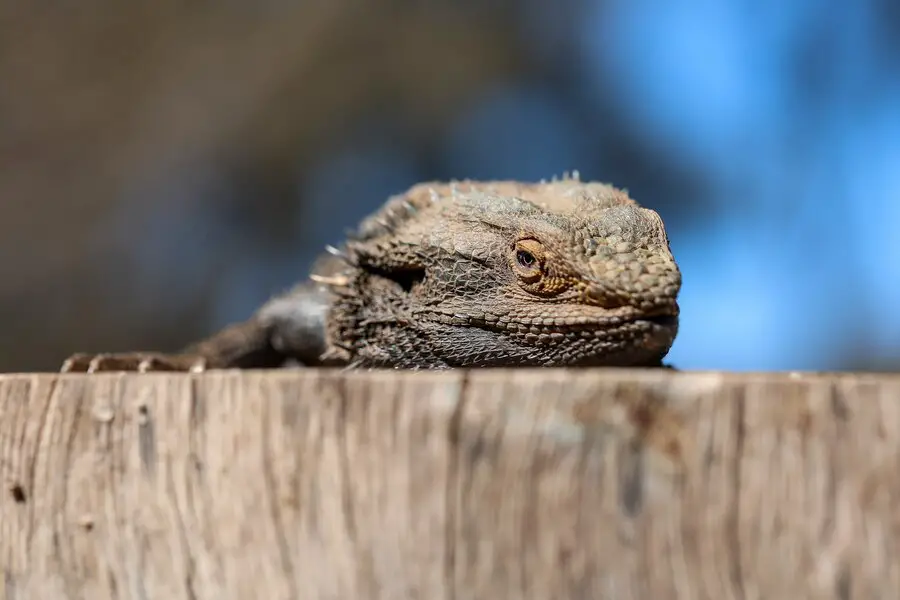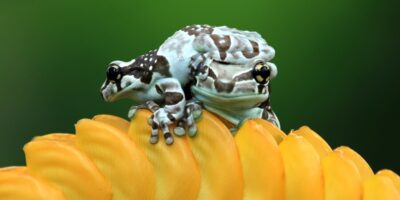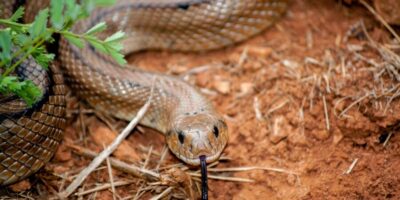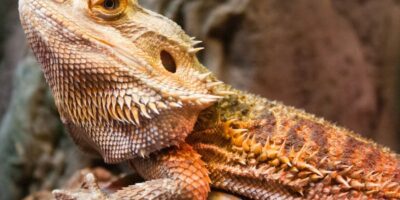Bearded dragons, with their charming personalities and unique appearance, captivate the
hearts of reptile enthusiasts worldwide. As we delve into the mysterious realm of their daily lives, there’s one aspect that often goes unnoticed the intriguing world of bearded dragon sleep. Imagine this: beneath their scaly exterior lies a creature that not only conquers the arid landscapes of their native Australia but also indulges in a curious slumber routine.
Bearded Dragon Sleep Patterns
In the vast tapestry of the reptile kingdom, bearded dragons stand out as charismatic and captivating companions. However, beyond their basking habits and radiant personalities, there lies an aspect crucial to their well-being—sleep patterns. Understanding the nuances of how these enchanting creatures slumber is not merely a peek into their daily lives but a key to ensuring their overall health and happiness.
Bearded dragon sleep patterns are more than just moments of rest; they unveil a complex dance between biology and environment. As we embark on this exploration, we’ll uncover the mysteries behind their nocturnal journeys, the significance of their slumber routines, and how these patterns relate to their native habitats.
Natural Habitat
Bearded dragons, native to the arid landscapes of Australia, inhabit a diverse range of environments, from deserts to woodlands. In their natural habitat, these reptiles experience temperature fluctuations, basking in the sun-drenched days and seeking refuge during cooler nights. Water scarcity prompts them to adopt a lifestyle that maximizes energy conservation, and understanding their native environment is pivotal to comprehending their sleep behaviors.
The fluctuating temperatures of their habitats influence bearded dragons’ circadian rhythms, impacting when and how long they sleep. In the wild, they may adjust their sleep patterns to coincide with temperature variations, ensuring efficient energy usage.
As we explore the intricacies of their sleep, it becomes evident that the evolutionary adaptations shaped by their native surroundings play a crucial role. By acknowledging these factors, we gain a deeper appreciation for the intricacies of bearded dragon sleep, offering insights that aid in creating optimal captive environments that mirror their natural habitats.
Bearded Dragon Sleep Patterns
Bearded dragon sleep patterns are a fascinating aspect of their behavior, offering a glimpse into their unique biology and lifestyle. On average, these enchanting reptiles dedicate a substantial portion of their day to rest, with adults sleeping approximately 12 to 14 hours. This extended sleep duration is crucial for maintaining their overall health and vitality.
However, the intricacies of bearded dragon sleep go beyond a fixed timetable. Variations in sleep patterns are notably influenced by age and health. Juvenile dragons, still in the early stages of growth, may exhibit more frequent and extended sleep periods compared to their adult counterparts. Additionally, a dragon’s health plays a pivotal role in shaping its sleep habits; ailing or stressed individuals might experience disruptions in their typical sleep routines.
Understanding the diverse factors influencing their sleep not only enriches our comprehension of these captivating creatures but also empowers responsible care. By acknowledging age-related and health-driven variations, we can tailor our care routines to ensure the well-being of our scaly companions, promoting a harmonious balance between wakefulness and rejuvenating slumber.
Sleep-Wake Cycle
Bearded dragons are primarily diurnal creatures, meaning they are most active during the day. This diurnal nature aligns with their native Australian habitat, where daytime temperatures are optimal for basking. Their sleep-wake cycle mirrors this diurnality, with daytime representing their peak activity and nighttime reserved for rest. While they aren’t strictly nocturnal, understanding their daily tendencies provides insights into creating environments that complement their natural rhythms, promoting a healthier and more balanced lifestyle for these captivating reptiles.
Factors Influencing Sleep Temperature
Temperature plays a pivotal role in shaping bearded dragon sleep patterns. These cold-blooded reptiles are highly sensitive to ambient temperature, and maintaining an optimal sleep environment is crucial for their well-being. Ensure the enclosure temperature remains within the recommended range, typically between 70-90°F (21-32°C). A proper temperature gradient, with a basking spot at the higher end, mirrors their natural habitat and supports a healthy sleep cycle, promoting overall vitality and contentment.
Role Of Light
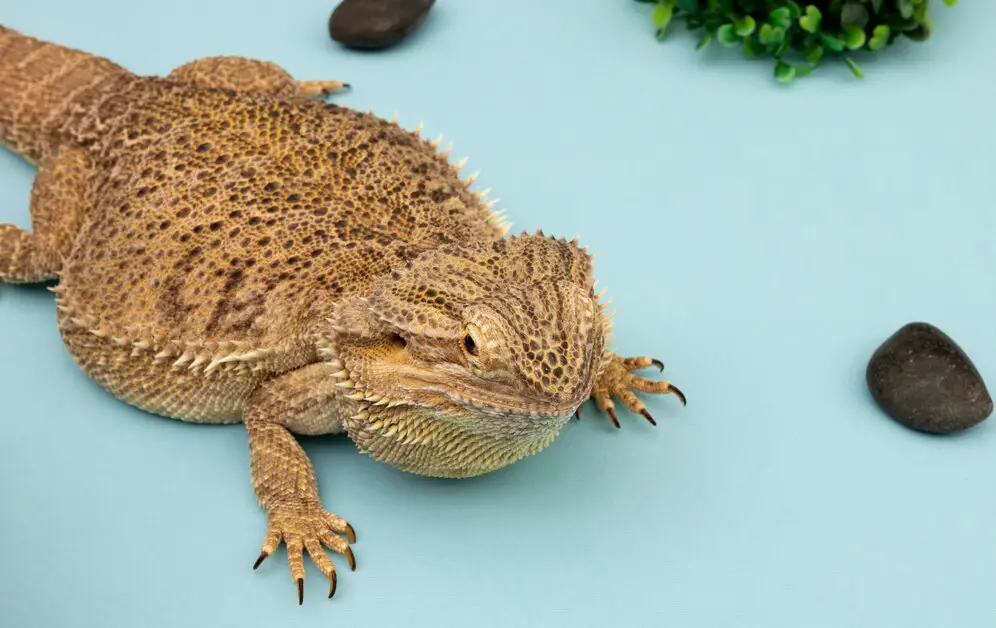
Role Of Light
Light is a key regulator of bearded dragon sleep. Mimicking their natural habitat, a consistent light/dark cycle is essential. Exposure to daylight encourages daytime activity, while a dimmer environment signals nighttime and prompts rest. Maintaining this cycle aids in regulating their circadian rhythms, promoting healthy sleep patterns. Proper lighting not only supports their physical well-being but also enhances behavioral and psychological aspects, contributing to content and thriving bearded dragons.
Sleeping Positions And Behavior
Bearded dragons exhibit distinctive sleeping positions, such as lying flat or curled up, providing insights into their well-being. Monitoring their body language during sleep reveals comfort levels; stretched-out limbs may indicate relaxation, while tightly curled forms suggest a need for warmth or security. Understanding these positions enhances the connection between caretaker and dragon, ensuring optimal conditions for a peaceful and rejuvenating slumber.
Age-related Sleep Changes
Juvenile bearded dragons exhibit distinctive sleep patterns, markedly different from their adult counterparts. In their early stages of development, these young dragons tend to sleep more, with extended naps interspersed throughout the day. This increased sleep is essential for growth and energy conservation. Unlike adults’ more established sleep-wake cycles, juveniles may display erratic patterns, reflective of their rapid developmental changes.
Understanding these age-related sleep nuances is crucial for caretakers, guiding them in providing the necessary conditions to support the dynamic sleep requirements of juvenile bearded dragons and fostering a healthy transition into the distinctive sleep patterns observed in adulthood.
Tips for Bearded Dragon Owners
Creating a Sleep-Friendly Environment is paramount for the well-being of your scaly companion. Ensure their enclosure provides a comfortable and secure space for rest. Utilize substrates that mimic natural environments and maintain optimal temperatures. Incorporate hiding spots to offer a sense of security.
Additionally, emphasizes the importance of a consistent routine. Establish regular light/dark cycles, aligning with their diurnal nature. Consistency in feeding times and handling also contributes to a content and well-rested bearded dragon. By implementing these practical tips, you not only foster a suitable sleep environment but also promote the overall health and happiness of your beloved reptile.
Monitoring Sleep Patterns
Monitoring sleep patterns is essential for ensuring the health of your bearded dragon. Regularly observe their behavior during both waking and sleeping hours. Note the duration and frequency of sleep, and be attentive to any abrupt changes. Signs of potential issues may include prolonged lethargy, restless behavior, or unusual sleeping positions.
Any consistent deviation from their typical sleep patterns could indicate underlying health concerns, prompting the need for veterinary attention. By maintaining a vigilant eye on your bearded dragon’s sleep behavior, you can promptly address any potential issues and contribute to their overall well-being.
Conclusion
In the realm of bearded dragon sleep, we’ve unraveled the intricacies that shape their nocturnal adventures and daytime slumbers. From the influence of their native habitat to age-related nuances, understanding their sleep patterns is pivotal for responsible care. As we recap the main insights, remember the significance of temperature, light, and consistent routines in fostering a balanced sleep-wake cycle.
We invite you to share your experiences or pose questions, fostering a community of knowledge. For further exploration, find related articles and resources through the provided links, ensuring your journey with these enchanting reptiles is both informed and enjoyable.
